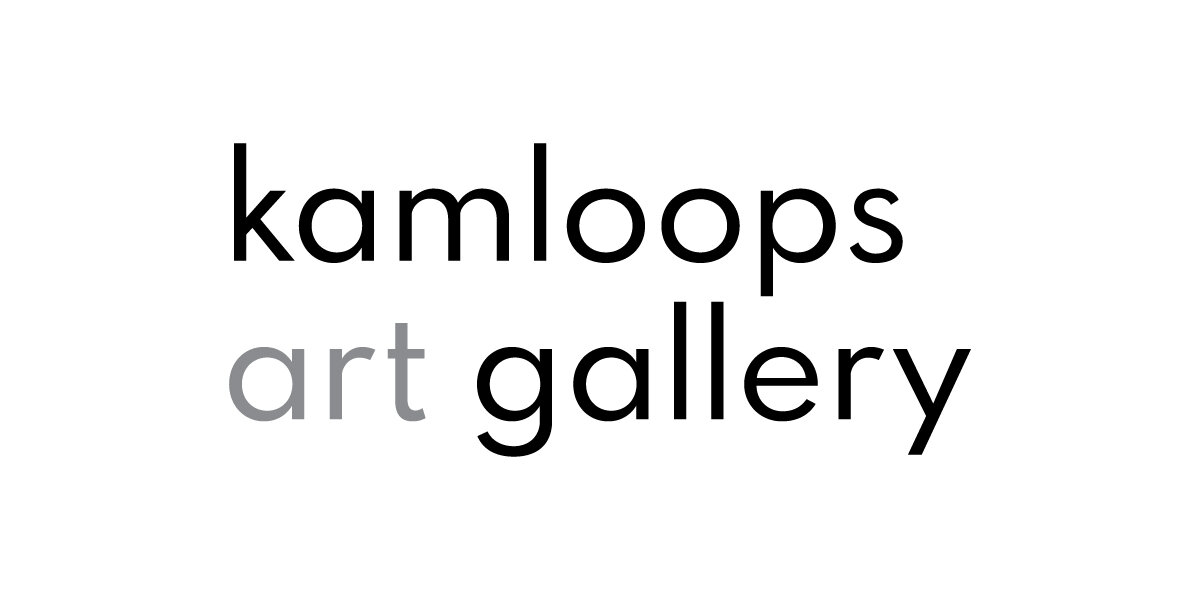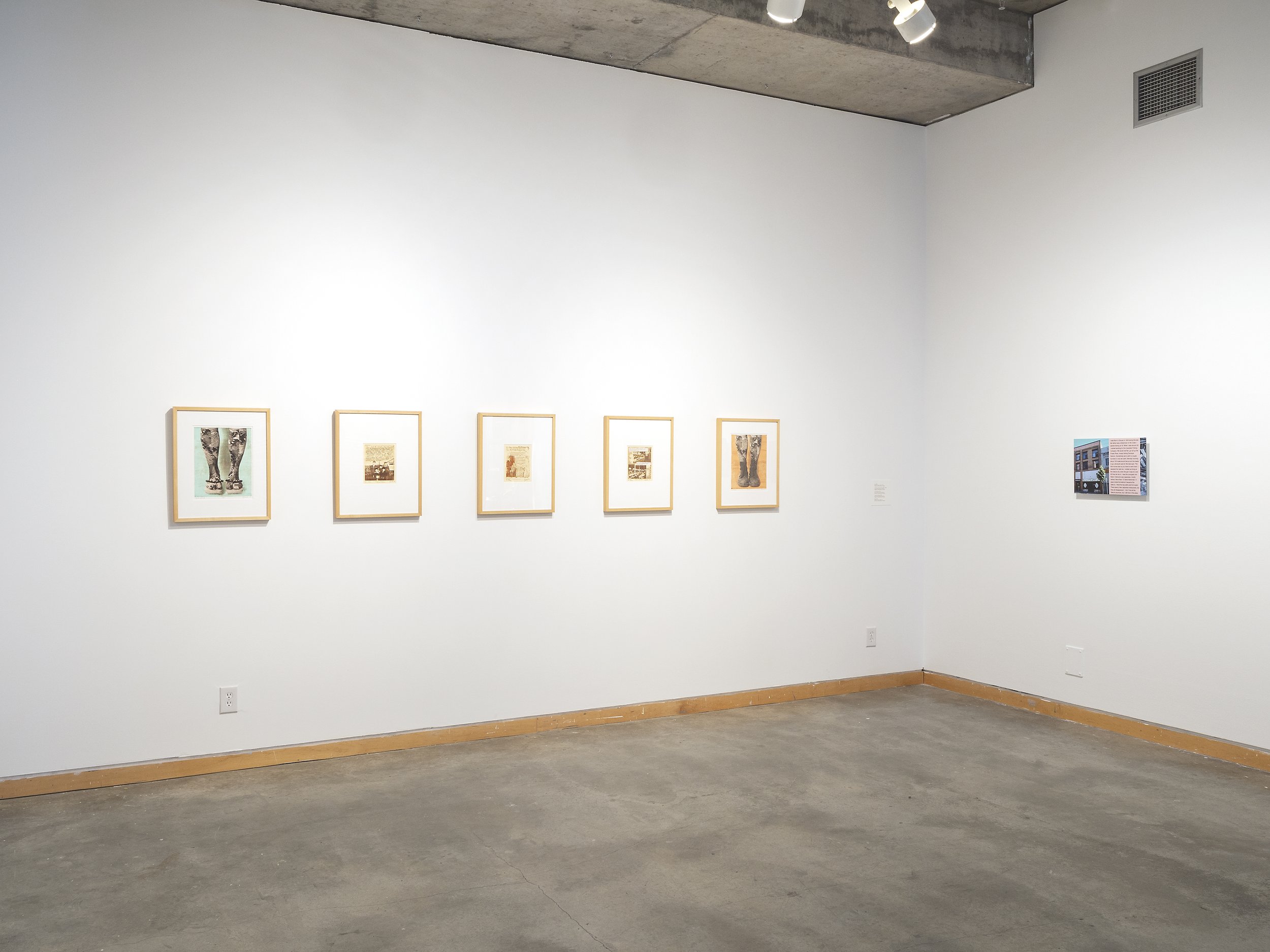INJUSTICE AND IDENTITY
Jana Sasaki
The Cube
October 2 to December 31, 2021
Curated by Craig Willms, Assistant Curator
Injustice and Identity features work by Jana Sasaki, an artist originally from Merritt, BC, and now based in Vancouver, BC. The exhibition includes early photo and text-based works from the Kamloops Art Gallery’s collection that address the history of Japanese internment and the complexities of her family’s mixed-race or Hapa identity.
Sasaki’s 1996 works Final Evacuation, Temporary Quarters and A Mother’s Thought – Murial Kitigawa delve into family memories of Japanese internment during World War II. Sasaki illuminates the history of racism and injustice in Canada by combining family photographs with historical documents that present notices of land seizures and announcements of the forced transport of Japanese and Canadians of Japanese descent to internment camps. Beginning in 1942, the Canadian government seized Japanese owned land and personal property and marked a 100 mile forbidden zone along the coast of British Columbia where people of Japanese ancestry were not allowed to enter. The “temporary quarters” referred to in Sasaki’s work reflects on the Hastings Park processing zone that moved families to internment camps in the Interior of BC. Much of the settlement of Japanese Canadians in the Interior is a result of this history.
The exhibition also includes recent photo and text-based works by Sasaki that focus on the history of the Japanese community on Powell Street in Vancouver, BC. These works incorporate memories of Japantown in Vancouver from before World War II, the 1960s and 80s. Many of the businesses in this neighbourhood disappeared through the process of internment and were never returned to the Japanese Canadian citizens who owned them.
Many Japanese Canadians of mixed Japanese ancestry have adopted the term Hapa
(or part Japanese) as their identity. Following internment, much of the Japanese community chose to move on and assimilate with “Canadian” society. For third and forth generation Japanese Canadians who find themselves researching their cultural heritage, questions are often met with more questions because this history is buried. Although memories and stories started to emerge publicly in the 1980s when calls for re-dress gained momentum, Sasaki’s work reveals how this process of “intentional forgetting” in Japanese Canadian families has adversely effected younger generations of Japanese Canadians. In Jana Sasaki’s 2010 works I’m told I take photos like a Japanese Tourist and Other Hapas can identify me as half of something with alarming frequency she points to the complexities of defining and claiming a Japanese identity today, given generational trauma and loss.
In conjunction with a concurrent Kamloops Museum & Archives (KMA) exhibition focused on Japanese Canadian history and present-day experiences, guest curated by Kamloops Art Gallery Assistant Curator, Craig Willms, Injustice and Identity illuminates personal perspectives on the Japanese Canadian experience. The work in The Cube exhibition connects to new work by Jana Sasaki on view at the KMA that addresses the Kamloops context, and these exhibitions are presented in conjunction with the coinciding Kamloops Art Gallery exhibition, Whose Stories?, curated by Makiko Hara, that shares work by six artists of Asian decent who similarly address cultural identity, trauma, and resilience.
With the recent rise of anti-Asian racism in Canada, particularly in BC, these exhibitions offer an opportunity to look back through history to see where this discrimination has come from and offer spaces to reflect on why it is emerging with such fervour again today. Together, these exhibitions ask how history can inform the present and how we can move towards greater cultural understanding.
Jana Sasaki
A Mother's Thought - Murial Kitigawa, 1996
photo etching on paper
18 x 15 cm
Edition 2/5
Collection of the Kamloops Art Gallery
Photo: Cory Hope






